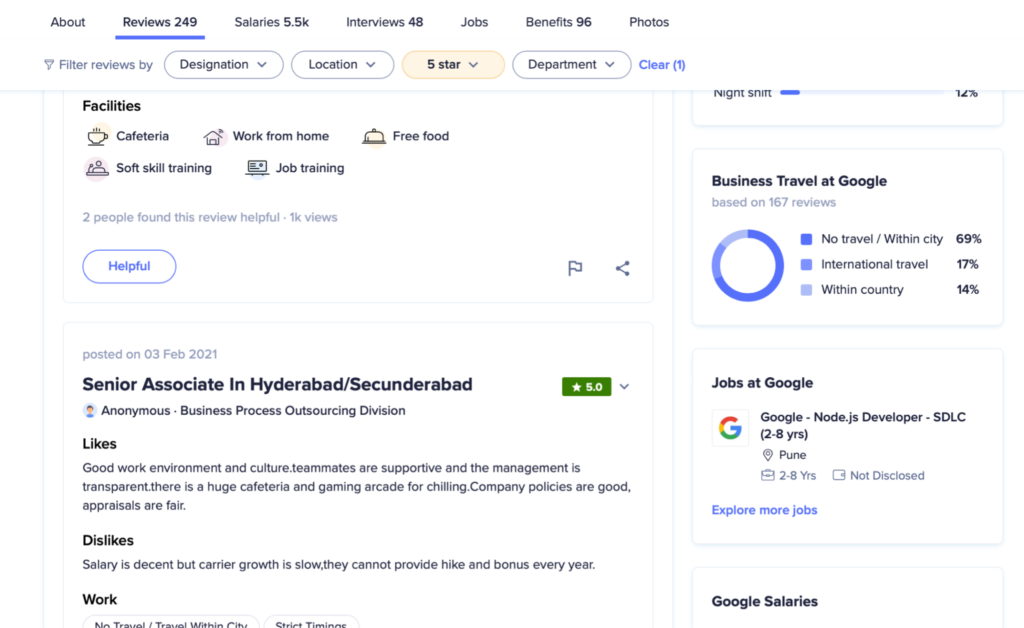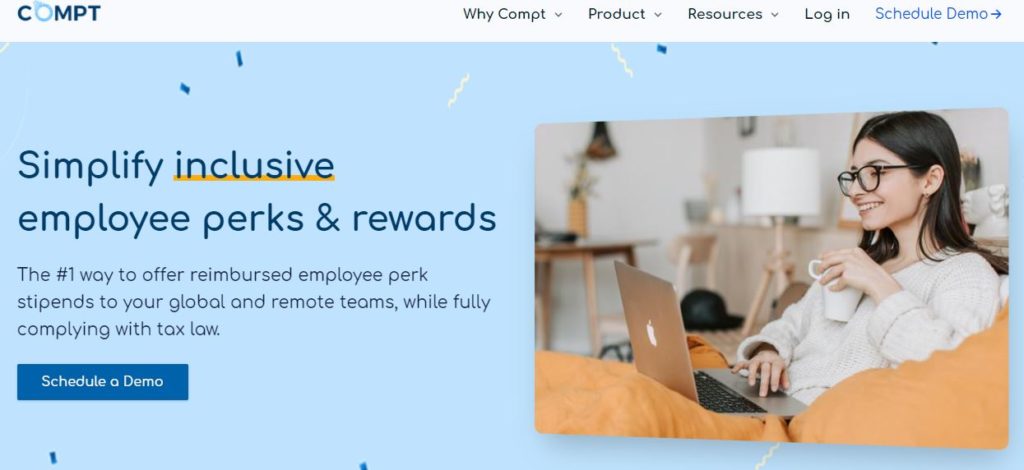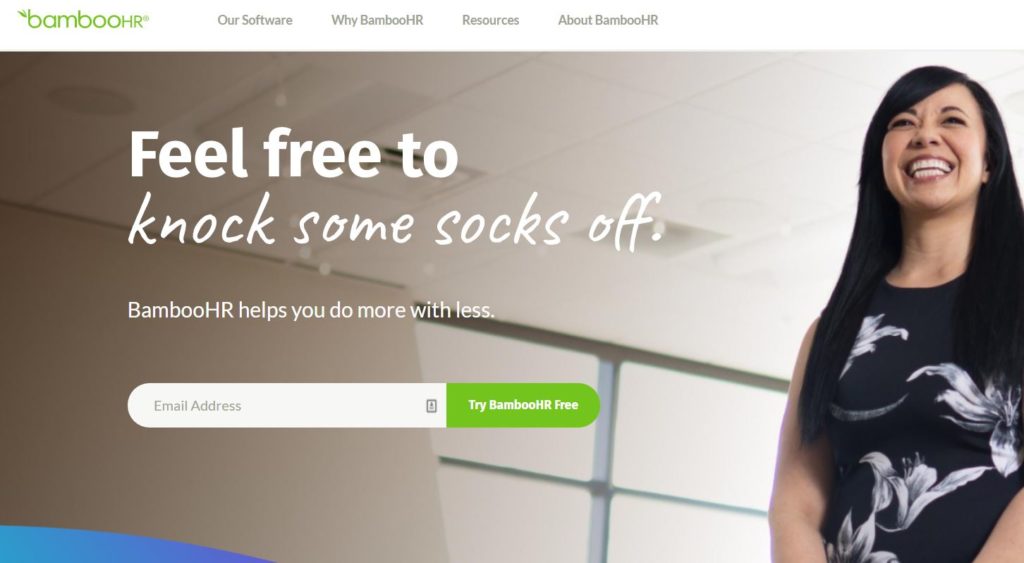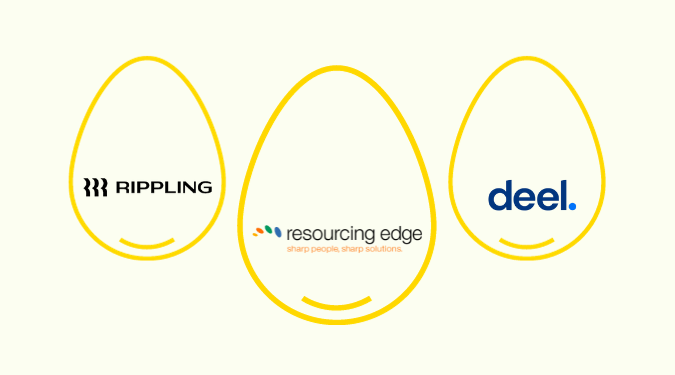Disclosure: This content is reader-supported, which means if you click on some of our links that we may earn a commission.
Flexible hours, wellness accounts, and paid vacation–office perks are the modern solution to 21st-century problems. But how do you know which ones to choose?
With the right strategy, office perks can cut costs and secure you the best talent in your industry. This guide will show you how to choose the best perks, how to use them to grow your business, and how to set goals for the future.
Why Office Perks Are So Important
Things have changed in the job market, and a decent salary or even employee benefits just aren’t enough to attract or retain top talent anymore. As more businesses offer perks, workers now view them as a significant consideration when applying for jobs. So much so, that 72% told Zoro that benefits would directly increase their job satisfaction.
Perks are often confused with benefits, but the difference is that benefits are required by law while perks are not. Benefits include things like medical insurance or pension plans, while perks include spending accounts and paid vacation time.
The goal with office perks is to give workers a better quality of work-life by improving wellness, office culture, and decreasing stress. In turn, they help to build loyalty and boost work satisfaction, which stops employees from leaving.
Some examples of office perks include:
- Career development courses
- Wellness spending accounts
- Flexible work hours
- Free meals and/or snacks
- Fitness memberships
- Company trips and excursions
- Recognition and reward systems
- Child care assistance
- Tuition support
- Company discounts
But office perks aren’t only for employees–they’re just as valuable for the employer.
There are three main ways that office perks can benefit a business: in performance, profit, and publicity.
Performance
Office perks have a direct impact on employee productivity and engagement.
Happy people do better work. A study by oxford business school found that happy workers are 13% more productive. When you reduce stress for your employees, you reduce distractions and increase creativity.
Loyalty. 81% of employees said they work harder for a boss that appreciates them. Implementing office perks in the form of rewards and recognition builds company loyalty and a sense of partnership between management and the employees.
Attracting Top Talent. If you want to attract the best talent, it’s not enough to have a good salary package. These days, you’re not just competing with other businesses–you’re also competing with the lure of self-employment.
Office perks often are a major decision-maker for many employees, especially those with great qualifications and multiple offers. An attractive office perks package helps you stand out from the competition and get the workers you want.
Profit
When office perks are used right, they can directly impact a business’s profit.
Perks offer ROIs. Many companies understand that investing in office perks (and therefore employees) can cut spending in the future. This can be through reducing illness, stress, or staff turnover.
The healthier and happier your employees, the better the quality of work they produce.
Office perks cut costs elsewhere. In a Harvard Business Review report, 80% of employees said they would choose better benefits over a pay raise.
Especially as the most sought-after perks (like flexibility) are low-cost to implement, office perks can save businesses money while still keeping their employees happy.
Publicity
Having a reputation for being a great place to work and caring about employees can directly impact your business’s success. Here’s are a few ways office perks can bring you good publicity:
Building partnerships with brands. Working with local businesses and creating employee discounts can be mutually beneficial. You can leverage local brands (or any brand, for that matter) to help with marketing, promotion, and new business leads. The brand gets more customers. It’s a win-win!
PR and Marketing. Unusual office perks are a great way to get people talking about your business for the right reasons–and even to get some free marketing. For instance, Google’s office perks featured heavily in the movie The Internship and are often reported on in articles online.
Not only can you attract workers, but you can also attract free publicity through blogs, articles, review sites, and word of mouth.
Reviews. In the digital age, reputation is everything. 86% of employees say that they read reviews about a company before applying for jobs. Having employees leave positive reviews for your company won’t just attract the right talent–it will also help you attract new clients.
One of the biggest benefits of implementing office perks is that you can see results in both the short and the long term.
If you want an example of a company that does perks well, look no further than Google. It has a vast range of office perks, including free food for employees, onsite gyms and haircuts, massage therapists, and even laundry facilities.
Not only does this mean Google employees are focused, creative and happy to go to work–it also means that they’ve built a reputation for being a really great place to work.
Google was listed as Fortune’s best place to work for six consecutive years, meaning that the best and brightest tech minds were vying for a place to work there. And although Google is a multi-billion dollar company, that doesn’t mean small businesses can’t follow suit.

You can see from Google’s employee reviews that the perks are often cited as being a major plus.
Quick Tips To Implement Office Perks Today
Although a long-term plan is important for achieving measurable ROI from office perks, you can do some things now to see immediate results.
Here are some of the best ways that you can start using office perks today to benefit your business.
Offer Flexibility As A Perk
One of the easiest (and most cost-effective ways) to implement office perks is through flexible work options.
According to a study by Harvard Business, 95% of men and 97% of women want flexibility from their employer–but only 47% felt they received it. The most common type of flexibility requested was location flexibility, and this is a rising trend in the post-pandemic world.
The best thing about offering flexibility as a perk is that you can do it without company spending or restructuring.
Here are some easy ways to offer flexibility that your employees will love:
Location Flexibility
Allowing employees to work from home or other offices can reduce commute time and stress, leading to healthier, happier, and more productive employees.
Most businesses now have a proven work from home strategy in place post-pandemic, making this one of the cheapest and easiest ways to benefit employees.
Flexible Hours
80% of workers say that they would prefer flexible working hours over a pay raise. Keeping the office open a few extra hours is another low-cost way to retain employees and boost productivity, especially for families with children. After all, if an employee isn’t directly client-facing, why require typical 9 am to 5 pm hours?
Flexible workdays
Allowing employees to choose which days they work and take days off for sickness, emergencies or family doesn’t reduce working hours or affect profit, but it does decrease stress and staff turnover. This perk also proves to the employees that you care about them, their health, and their lives. Employees who feel genuinely cared for by their bosses are more likely to stay at the company longer and feel loyalty to it.
Implement Automation
Automating office perks will save you both time and money.
Having a system in place that helps simplify perks and make them more accessible to employees is the most cost-effective way to reward workers.
Here are three easy ways to use automation to streamline office perks:
Invest in office perks software
Using software can make it easy for employees to personalize perks and keep track of spending. A great example of software that does this is Compt, which specializes in making employee spending accounts easy.
This kind of software avoids wasting HR’s time, and it also avoids you having to micromanage workers.

Work with office perks providers
Businesses that offer perk packages have boomed as perks gain popularity. These businesses can help you get rewards packages delivered to the office, plan team-building events, or provide wellness activities to your staff.
Packages like this can help reduce overall spending and avoid complicating the whole process. Companies like Fond offer extensive discounts and freebies in their package, so they’re a great fit for a diverse staff.

Implement HR software
The right HR software can help you provide your employees with easy access to their benefits and clear solutions to any issues that arise. It also lets employees communicate issues without the time drain of constant meetings.
We highly recommend BambooHR. To choose the right software for your business, check out our HR software guide.

Leverage Discounts For Publicity
Teaming up with local brands is a great way to give your employees accessible perks while marketing your business in the community.
It’s a mutually beneficial situation because the brands get new business from your employees while your company gains exposure and boosts employee satisfaction.
Here are some straightforward ways to partner with brands:
Reach out to local businesses for discounts
See if any gyms, restaurants, yoga studios, or stores in your area are willing to provide a discount to your employees. Most businesses will jump at the chance to get a guaranteed roster of new customers.
Look for brands in your niche to partner with
Reaching out to get freebies or discounts from similar businesses is a great way to network. It’s also an easy way to provide benefits that are relevant to your employees.
Offer employees discounts on company products
Letting employees have company discounts for freebies is a great way to reward staff AND promote the company. Starbucks is known for giving its employees one free pound of coffee or box of tea every week, and free drinks during their shifts. In addition to the free products, Starbucks employees also get a 30% discount on anything in the store when not working. This helps promote Starbucks to the public every time they see employees with the products.
Long-Term Strategies For Office Perks
Office perks can help you see growth and results within as little as six months. But with the right strategy, office perks should continue to benefit your business in the long term in clearly measurable ways.
Here are some strategies that you should keep in mind with long-term office perks planning.
Step 1: Choose Perks that Benefit the Business as Much as Employees
Strategically chosen perks should have a measurable ROI for the business, not just employees. The right perks should have a clear benefit in terms of profit.
Here are two perks that can bring growth to both business and employees:
- Work Development Plans: Professional development plans for employees are a win-win. Not only do they help hone employee skills and improve their performance, but they’re also consistently voted as the most important perk by employees.
- Health and Wellness Plans: One of the leading causes for young workers quitting jobs is mental health. Prioritizing happiness and reducing stress amongst workers is critical to employee retention and performance. Health and wellness plans give businesses a preventable way to tackle this rising issue, leading to better employee retention and overall productivity.
Step 2: Create a Plan As a Team
Choosing office perks without planning only to realize your expenditure has increased by 25% without the expected ROI is all too common. Putting together a perks package should be approached with the same attitude and care as putting together business and finance goals.
Here are some steps you should take when creating a plan:
Involve your whole team in the discussion
Your HR team and your financial team should be included when creating a long-term plan for office perks. Finding a balance between effective spending and a budget is essential to putting together a successful plan.
Set goals and KPIs
Setting measurable goals will help you stay on track and see which perks are worth the investment. Setting KPIs and projected figures will help you decide which bonuses are working and which are wasting money.
For example, you might aim to achieve a 25% increase in productivity within three years or a 20% decrease in attrition.
Consider consulting an expert
Working with an office perks consultant to create a plan can save you time and money in the long run. A perks provider can also offer this service and help you work out your goals.
Step 3: Update The Plan As Your Company Grows
You’ll want to automate perks as much as possible to save time–but you’ll still need to reevaluate the plan regularly.
As your company’s demographic and industry change, it’s important to adapt. Below are some key things to consider when you reassess your plan over time.
Grow or scale your plan with the business
If your demographic is changing, you need to change with it. Gen Z workers may be more interested in tuition reimbursement or working from home than millennials. To have value, your perks need to be relevant and useful to employees.
Get staff feedback to see what’s working and what isn’t
Employees appreciate management who value their opinions. Asking your team directly what they do or don’t like from your current perks plan will help you weed out the money wasters from the perks that have real value.
Are you meeting KPIs?
It should go without saying, but if your plan is not meeting the goals you set, it’s time to try something new. Whether that means reassessing the metrics and KPIs chosen, changing how you measure success, or adjusting the perks offered, if the current plan isn’t working as expected, it’s time to pivot.
Next Steps
By now, you have a good idea of what separates office perks from employee benefits, how perks can grow your business both now and in the future, and how you should go about implementing them.
Set up a meeting with your management team to evaluate which perks will best suit your business, and more importantly, your employees. If you need help organizing your team, check out our guide to the best project management tools.














